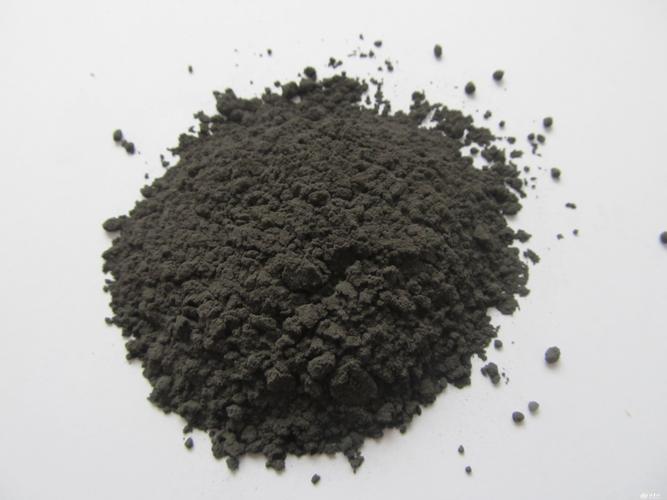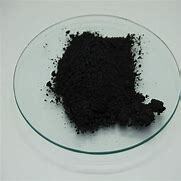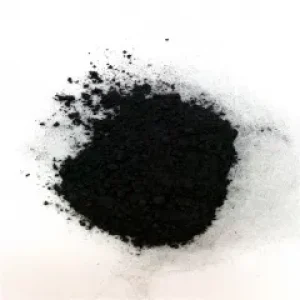Overview of Low Density High Toughness Boron Carbide Plates B4C
Boron Carbide (B4C) is a ceramic compound renowned for its exceptional hardness and wear resistance, ranking just below diamond and cubic boron nitride in terms of hardness. Composed of boron and carbon atoms arranged in a covalently bonded crystal structure, it exhibits unique physical and chemical properties that make it highly valuable in various industrial and military applications. Boron carbide’s high melting point, low density, neutron-absorbing capability, and extreme toughness further distinguish it among advanced materials.
Features of Low Density High Toughness Boron Carbide Plates B4C
-
Extreme Hardness: With a Mohs hardness of around 9.3 to 9.5, boron carbide is one of the hardest materials known, surpassed only by diamond and cubic boron nitride.
-
Lightweight: Despite its hardness, boron carbide has a relatively low density of about 2.52 g/cm³, which makes it an attractive material for lightweight armor systems.
-
Thermal Stability: It possesses excellent thermal stability, maintaining its properties up to temperatures around 2,000°C, making it suitable for high-temperature applications.
-
Neutron Absorption: Boron carbide is a potent neutron absorber due to its boron content, making it ideal for nuclear shielding and control rods.
-
Chemical Resistance: Resistant to most acids and alkalis, except for hydrofluoric acid and hot concentrated alkaline solutions, ensuring durability in corrosive environments.
-
Abrasion Resistance: Its exceptional wear resistance makes it suitable for applications where friction and abrasion are prevalent, such as sandblasting nozzles.

(Low Density High Toughness Boron Carbide Plates B4C)
Parameters of Low Density High Toughness Boron Carbide Plates B4C
The parameters of boron carbide plates with B4C in low density high toughness, as mentioned in the question, are typically selected to optimize the surface roughness and mechanical properties of the plate while maintaining its normal strength and durability under heavy loads.
These parameters can be adjusted using various techniques, such as using powder mixtures with appropriate grind sizes, adjusting the dose of additive materials, and altering the types of ingredients used in the surface treatment process. The choice of these parameters depends on factors such as the material properties, the intended application, and the operating conditions, among others.
For example, the material properties can be characterized by analyzing its melting temperature, temperature, melting point, and elastic modulus, which determine its resistance to stress, deformation, and cracking. The intended application can be determined based on the specific requirements of the application, such as the required use environment, size, and shape of the plate, among other factors.
To optimize these parameters, it is recommended to consult with experts in the field and test different variations of the plate under various conditions. This may involve creating samples or working prototypes of the plate before making any significant changes to the overall design or materials used in production.

(Low Density High Toughness Boron Carbide Plates B4C)
Applications of Low Density High Toughness Boron Carbide Plates B4C
-
Armor Systems: Widely used in body armor, vehicle armor, and bulletproof vests due to its lightweight and superior protection capabilities.
-
Nuclear Applications: As control rods and shielding material in nuclear reactors because of its neutron absorbing properties.
-
Abrasive and Cutting Tools: In grinding wheels, polishing powders, and cutting tools due to its hardness and wear resistance.
-
Industrial Nozzles: For sandblasting and water jet cutting applications where resistance to wear and erosion is critical.
-
Military and Defense: As a component in armor-piercing projectiles and defensive systems.
Company Profile
MyCarbides is a trusted global chemical material supplier & manufacturer with over 12-year-experience in providing super high-quality carbides and relative products.
The company has a professional technical department and Quality Supervision Department, a well-equipped laboratory, and equipped with advanced testing equipment and after-sales customer service center.
If you are looking for high-quality carbide materials and relative products, please feel free to contact us or click on the needed products to send an inquiry.
Payment Methods
L/C, T/T, Western Union, Paypal, Credit Card etc.
Shipment
It could be shipped by sea, by air, or by reveal ASAP as soon as repayment receipt.
FAQs of Low Density High Toughness Boron Carbide Plates B4C
Q: Is Low Density High Toughness Boron Carbide Plates B4C toxic?
A: Pure boron carbide is generally considered safe to handle. However, during machining or grinding, dust inhalation can be a concern, requiring proper ventilation and protective equipment.
Q: Can Low Density High Toughness Boron Carbide Plates B4C be machined?
A: Due to its extreme hardness, machining boron carbide is difficult and requires specialized techniques and diamond tooling. Grinding, EDM (Electrical Discharge Machining), or laser cutting are common methods.
Q: How does Low Density High Toughness Boron Carbide Plates B4C compare to tungsten carbide in terms of hardness?
A: Low Density High Toughness Boron Carbide Plates B4C is harder than tungsten carbide, with a Mohs hardness of around 9.3 to 9.5 compared to tungsten carbide’s 8.5 to 9.
Q: What is the primary use of Low Density High Toughness Boron Carbide Plates B4C in the military sector?
A: Low Density High Toughness Boron Carbide Plates B4C is primarily used in the military for body armor, armored vehicles, and as a component in armor-piercing ammunition due to its combination of hardness, light weight, and ballistic performance.
Q: Can Low Density High Toughness Boron Carbide Plates B4C be used in high-temperature applications?
A: Yes, Low Density High Toughness Boron Carbide Plates B4C maintains its structural integrity and properties up to very high temperatures, making it suitable for use in extreme heat environments such as furnace linings and high-temperature ceramics.

(Low Density High Toughness Boron Carbide Plates B4C)





